5. Revenge of the Dead (1983)
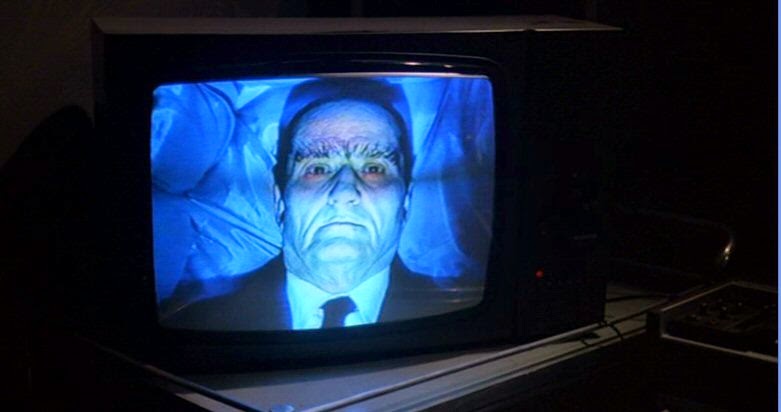
Revenge of the Dead, also known as Zedar, directed by Pupi Avati, is one of the creepiest dreams ever put on the silver screen. The plot does not make sense, the characters are thin, the pacing is odd, the music sounds very strange—the experience is just like in those forgotten dreams, in these memories of buried traumas and fears.
Avati’s earlier masterpiece, The House with Laughing Windows (1983), is a firmly established cult horror classic. This movie continues the earlier work’s suspenseful creepiness, yet with a much more incoherent story, with weirder characters, and uncannier situations. It gives the feeling of remembering a lost nightmare.
The composer Riz Ortolani’s soundtrack is a macabre triumph, while Amedeo Salfa’s masterfully odd editing conveys the rhythm of fear. The film is a masterclass in building a horrifying atmosphere. Aspiring horror film directors should study this movie carefully.
Italian horror cinema, with undisputed auteurs such as Dario Argento and Mario Bava, should be appreciated more. Pupi Avati, too, is a cinematic craftsman worthy of more attention.
4. La Chambre Verte (1979)
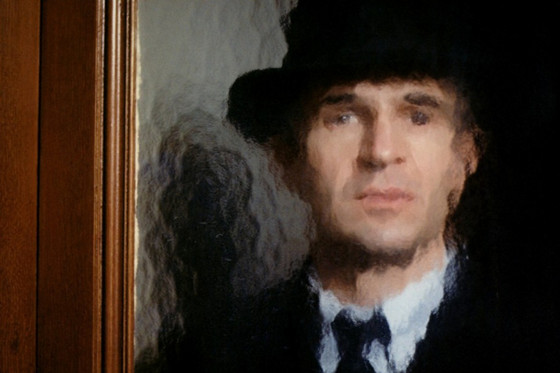
This extremely personal film directed by François Truffaut, unlike the French auteur’s other works, continues to divide critical opinions. At the time of writing, its Rotten Tomato tomatometer is 43%. The critics deride Truffaut’s immature acting and its unfaithful adaptation of Henry James’ short story, The Altar of the Dead (1895). However, to critically undermine the movie is to overlook its painfully personal core: this is a work of art filmed in blood.
Truffaut, like the protagonist he himself plays in the movie, is deeply haunted by the dead people in his life. As the director re-watched his early masterpiece, Shoot the Piano Player (1960), he realized that half the cast is dead.
“Why not have the same range of feelings for the dead as for the living, the same aggressive or affectionate relationship?” Truffaut said in an interview with the L’Humanité-Dimanche magazine. The obsessed protagonist of the movie collects photographs of his dead friends and builds a ‘temple’ centered around his dead wife, his fallen comrades in World War I, his literary heroes, and more.
Notably, Truffaut puts the photographs of his own dead colleagues into the protagonist’s ‘temple’, blurring the line between fiction and autobiography. This is a very honest motion picture, made with true personal yearnings—what more can we ask of Art?
3. Una Giornata Particolare (1977)
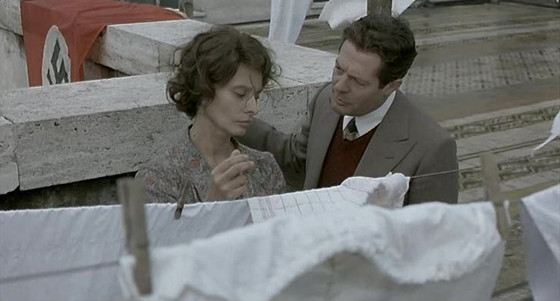
Set against the backdrop of Hitler’s visit to Rome in 1938, Una Giornata Particolare (A Special Day) is, surprisingly, apolitical. Sophia Loren and Marcello Mastroianni’s (La Dolce Vita; 8½; La Notte) meticulous performances express the intimate multitudes of human emotions, of unrequited desires and secret sorrows.
Generally considered the director Ettore Scola’s masterpiece, this movie is set in an apartment in Rome. The plot is the interaction between a Fascism-supporting housewife and a homosexual radio-broadcaster throughout one day. The special thing about this day is not Hitler’s visit; but rather, how moments of intimacy can result in pure chance, and how important they may be to individuals.
The incredible blocking and choreography build and release tensions. The cinematographer Pasqualino De Santis gives the film a naturalistic look and succeeding to reconstruct the visual texture of 1930s Italy.
This film is about human interactions—that fact that people cannot know one another’s minds, that perfect understanding is impossible—but if they try, there can be at least some forms of sympathy and compassion.
2. Le Boucher (1970)
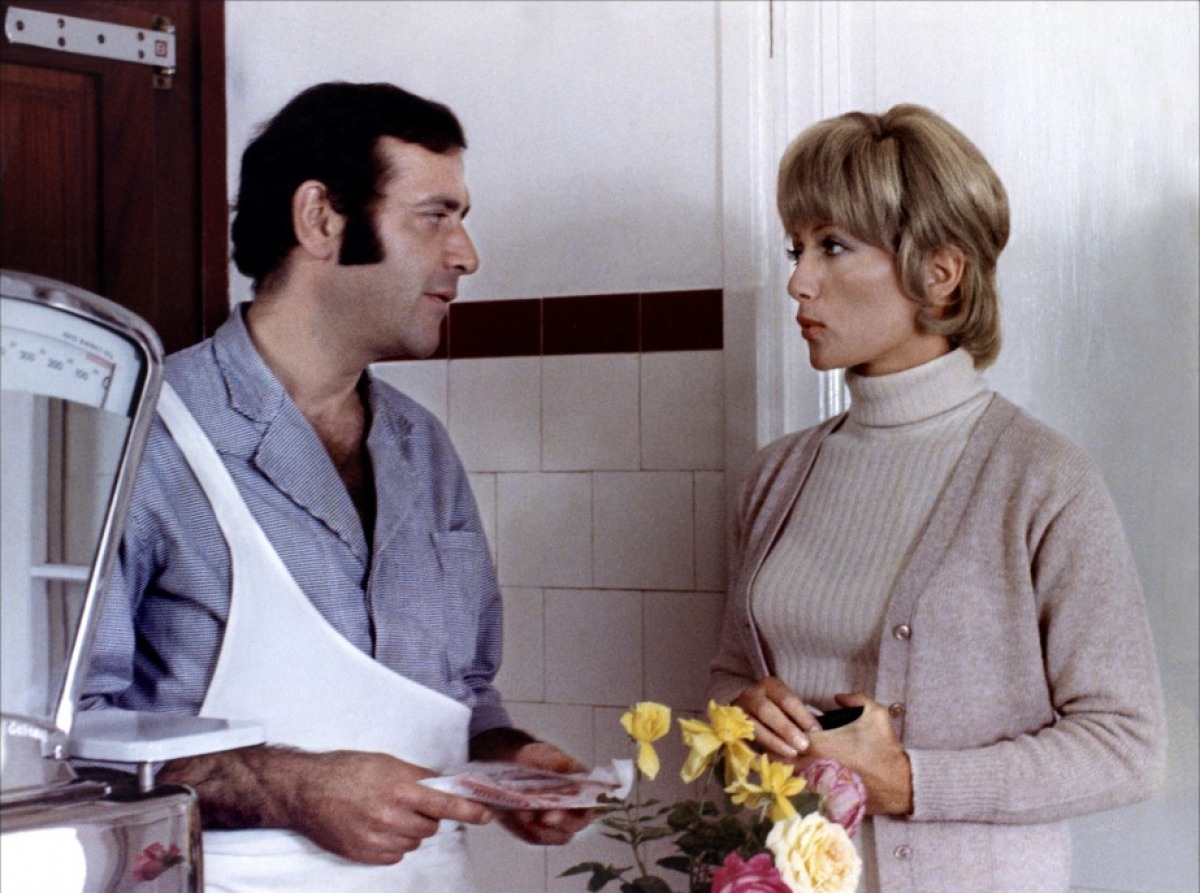
Claude Chabrol’s quiet thriller depicts the horrors of human experience with painterly patience. Doubt—how even a person’s closest loved one can be a murderer—ran through many older thrillers, the most famous example being Alfred Hitchcock’s Suspicion (1941). Chabrol’s French New Wave aesthetic flavors this exploration of doubt in a unique manner, resulting in one of the 1960s’ greatest thrillers.
Stéphane Audran and Jean Yanne’s platonic love relationship is clouded by the mysterious murders of many women. The film also explores the damaged psyche caused by experiences in war—how witnessing the cruel side of human nature can transform a person’s worldview.
“I noticed the smell of blood – they all smell the same, that of animals and that of men. Some is more red than others, but all have exactly the same smell.” Jean Yanne’s character said. This philosophical thriller is full of deep musings on humanity: not through its dialogue—but through its highly symbolic story and poetic imagery.
1. The Damned (1969)
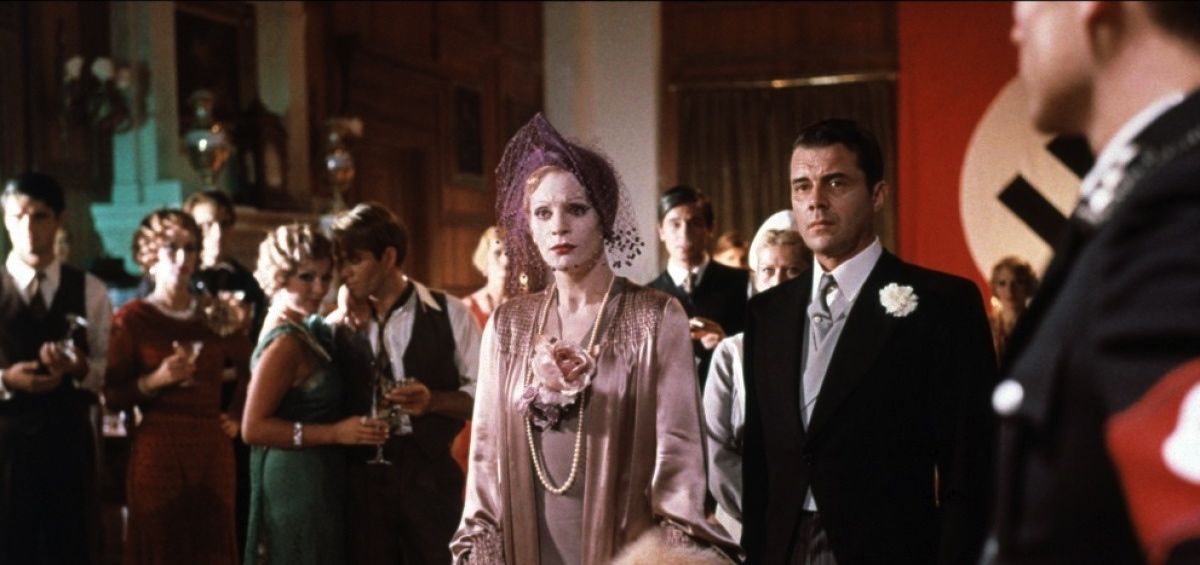
The Damned (Die Verdammten), also titled La Caduta degli Del (Twilight of the Gods), is an epic meditating on historical change, the decline of family values, and the loss of innocence. Rainer Werner Fassbinder said this was his favorite film.
On first glance, the film is about the crudity of 1930s German political ideologies and the slowly surfacing sickness of western civilization. But on a deeper level, it depicts the relationship between the personal and the political: the corruption of friendship and familial love through societal change.
Initially released in a severely edited version (97 minutes), the film received highly mixed reviews. Roger Ebert said it “is a magnificent failure, an example of a great director working at the peak of his ability and somehow creating almost nothing at all.” However, following the release of a more complete version (154 minutes), it is slowly being recognized as the masterpiece it is.
The first of Luchino Visconti’s German Trilogy, followed by the Thomas Mann adaptation, Death in Venice (1971), and the Wagner-centered epic, Ludwig (1973). It is the Italian director’s ambitious attempt to dissect the German—and to a larger extent—the European soul. For all the movie’s ambiguity and haunting imagery, it is a textbook example of a great historical epic.
Author Bio: Alvin Chung is an aspiring writer and filmmaker. He studies Media and Communications at the University of Sydney.